This private museum, founded in 1942, is named after Chicago industrialist and philanthropist Charles Hosmer Morse, grandfather of Jeannette McKean (1909 - 1989). The museum's collections were amassed by Jeannette McKean and her husband over more than 50 years. Jeannette McKean's husband, Hugh F. McKean (1908 - 1995), served as museum director until his death.
The Morse Museum gift shop has a wide variety of items to choose from and take home as gifts.
For 35 years, the museum was located on the Rollins College campus and was called the Morse Art Gallery. By the mid-1980s, it was renamed the Charles Hosmer Morse Museum of Art and is now located at 445 North Park Avenue, covering an area of over 40,000 square feet .
From the outside, the museum is a simple, rectangular building located in the Winter Park neighborhood, which is lined with beautiful boutique shops selling local wares, food, drinks, and souvenirs.
Some of the works inside the Morse Museum
Comfort Tiffany (1848 - 1933), famous American painter and interior designer of the late 19th century, with famous clients such as writers, artists, businessmen, and presidents
The Morse Museum is notable for its comprehensive collection of works by Louis, one of the founding members of the family that founded the famous American jewelry brand Tiffany. His masterpieces include stained-glass chandeliers and table lamps; hand-carved furniture; stained-glass windows and door frames, with religious and natural themes; sketches, reliefs, wood carvings, including the masterpiece Tiffany Chapel.
The works displayed inside the museum always attract visitors.
We went to the museum on a day when it was open to all visitors free of charge.
The Tiffany Chapel was designed by Louis Comfort Tiffany for the "Chicago World's Fair" held in Chicago (Illinois) in 1893, to commemorate the 400th anniversary of Christopher Columbus's voyage to America - considered one of the most important events of the 19th century.
The Morse Museum also recreates part of Louis Comfort Tiffany's famous "Laurelton Hall" mansion, located on Long Island, New York City (New York State), which was destroyed by fire in 1957.
In the Tiffany Chapel, there is a cross inlaid with jade green stones and a chandelier hanging from the ceiling in the middle of the chapel, which can rotate in four directions, and is magnificent when viewed from many angles.
After passing through the rooms that recreate the living room, dining room, bedroom, reading room... with many artistic traces of the owner of Laurelton Hall mansion, visitors can stop to rest on chairs, placed in the garden recreation (Daffodil Terrace), where there are eight columns carved with daffodils and many exquisite stained glass paintings on the ceiling.
As you sit here, looking out the windows at the small garden or looking up at the columns carved with daffodils, you will want to thank Hugh and Jeannette McKean, two generous merchants who, out of admiration for the works of art by Louis Comfort Tiffany, bought the remaining parts of the mansion and added them to their collection at Morse. The generosity of Jeannette McKean and her husband has allowed us to admire the beautiful nature-inspired works of Louis Comfort Tiffany.
Visitors tour the remaining rooms of Louis Comfort Tiffany's Laurelton Hall mansion
In addition to the exquisite handcrafted works of Mr. Louis Comfort Tiffany, we can also admire his handwriting; the first sketches of the works; the tools for making stained glass paintings; watch a video explaining how a stained glass painting is made, and read a detailed biography of each stage in his life.
Louis Comfort Tiffany looked to nature as his primary design inspiration. Fascinated by color, he created glass furniture pieces with a vibrant palette of flowers, plants, and insects. In 1893, Tiffany introduced the first colorful vases and glassware he created, called "Favrile" - taken from the Old English word meaning "hand-made." Favrile glass quickly became famous around the world for its iridescent surface and vibrant colors.
Louis Comfort Tiffany was one of the first American furniture designers to gain acclaim abroad. His Favrile glass, along with stained glass windows like his Four Seasons, were exhibited at world's fairs and sold in galleries like Siegfried Bing's L'Art Nouveau.
Guests relax in the foyer, which recreates the Daffodil Terrace garden, part of Laurelton Hall.
A corner of the Morse Museum's gallery, with photos and videos showing the process of crafting a piece of furniture by designer Louis Comfort Tiffany
Visitors look at the stained glass crafting tools of Louis Comfort Tiffany.
Image of Mr. Charles Hosmer Morse, grandfather of Mrs. Jeannette McKean, and Mrs. and Mrs. Jeannette McKean - collector and founder of the Morse Museum
This plaque summarizes the life and passion of stained glass designer Louis Comfort Tiffany.
The Morse Museum ends at the gift shop, the exit leading to the entrance, which is filled with beautiful souvenirs such as umbrellas, key chains, paintings, photos, books, home decor, scarves, handbags... printed with the signature motifs of interior designer Louis Comfort Tiffany.
Source: https://thanhnien.vn/kham-nhan-hieu-trang-suc-lung-danh-tiffany-cua-my-o-bao-tang-morse-185240205165113956.htm


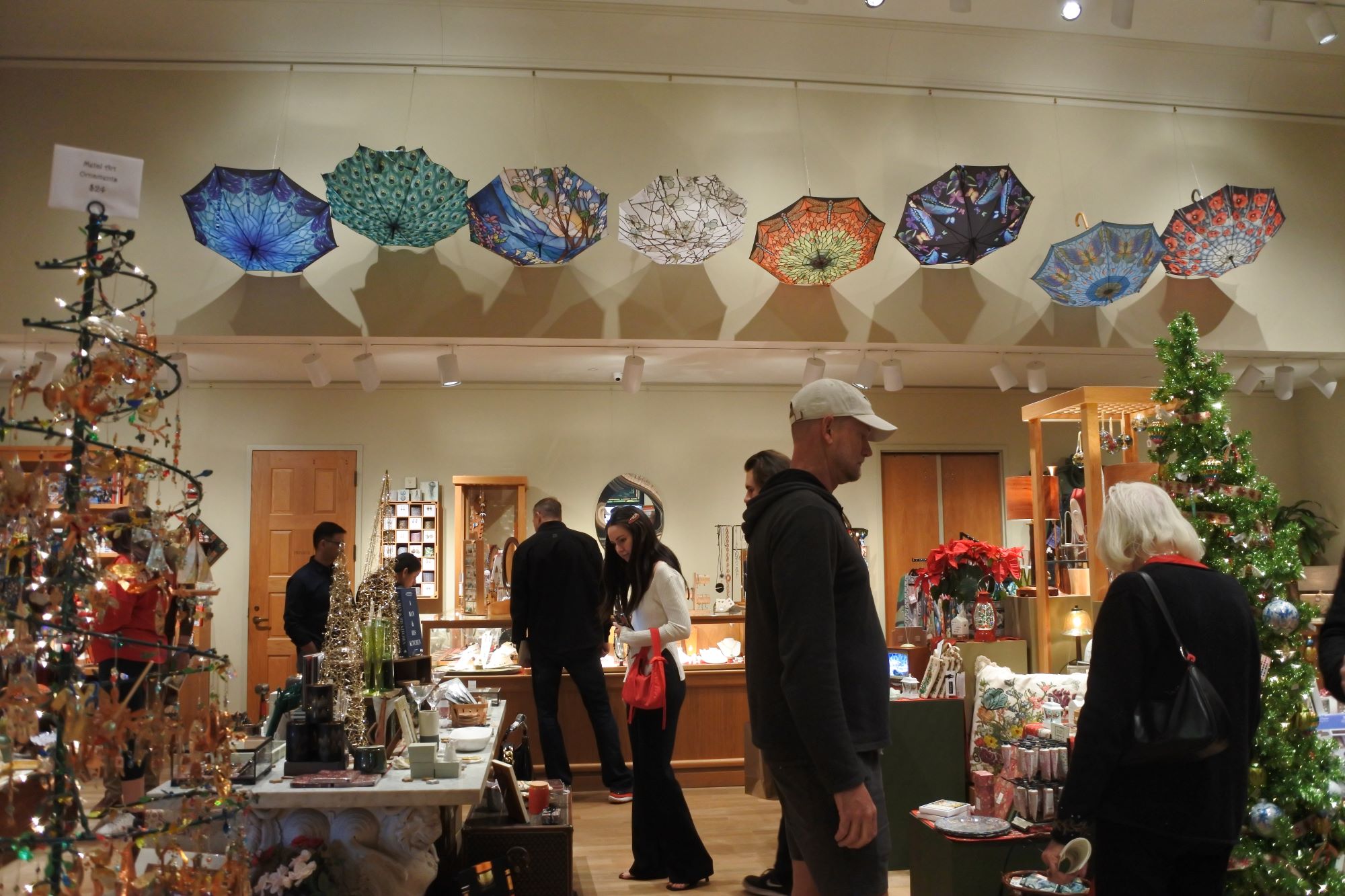
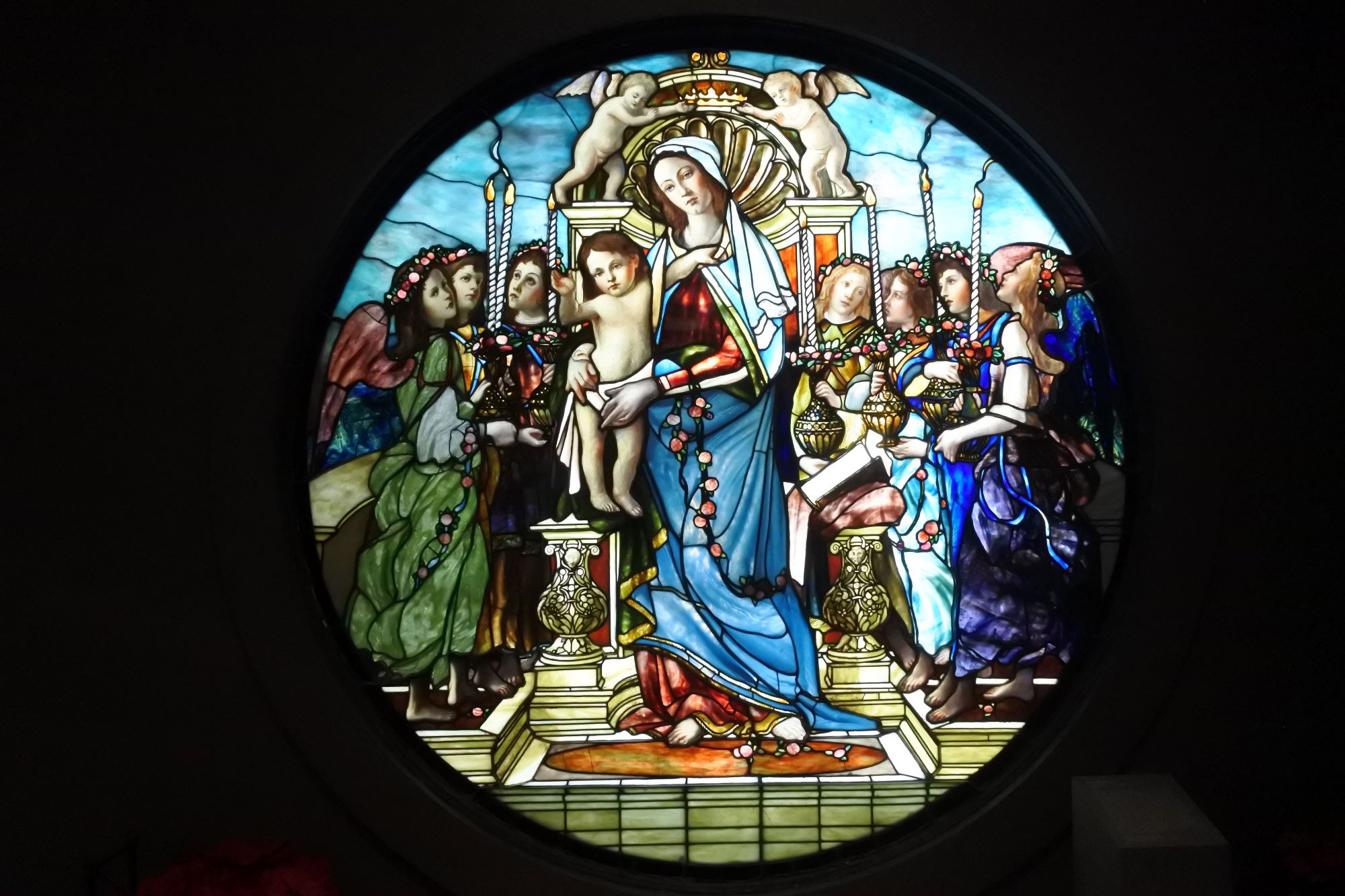
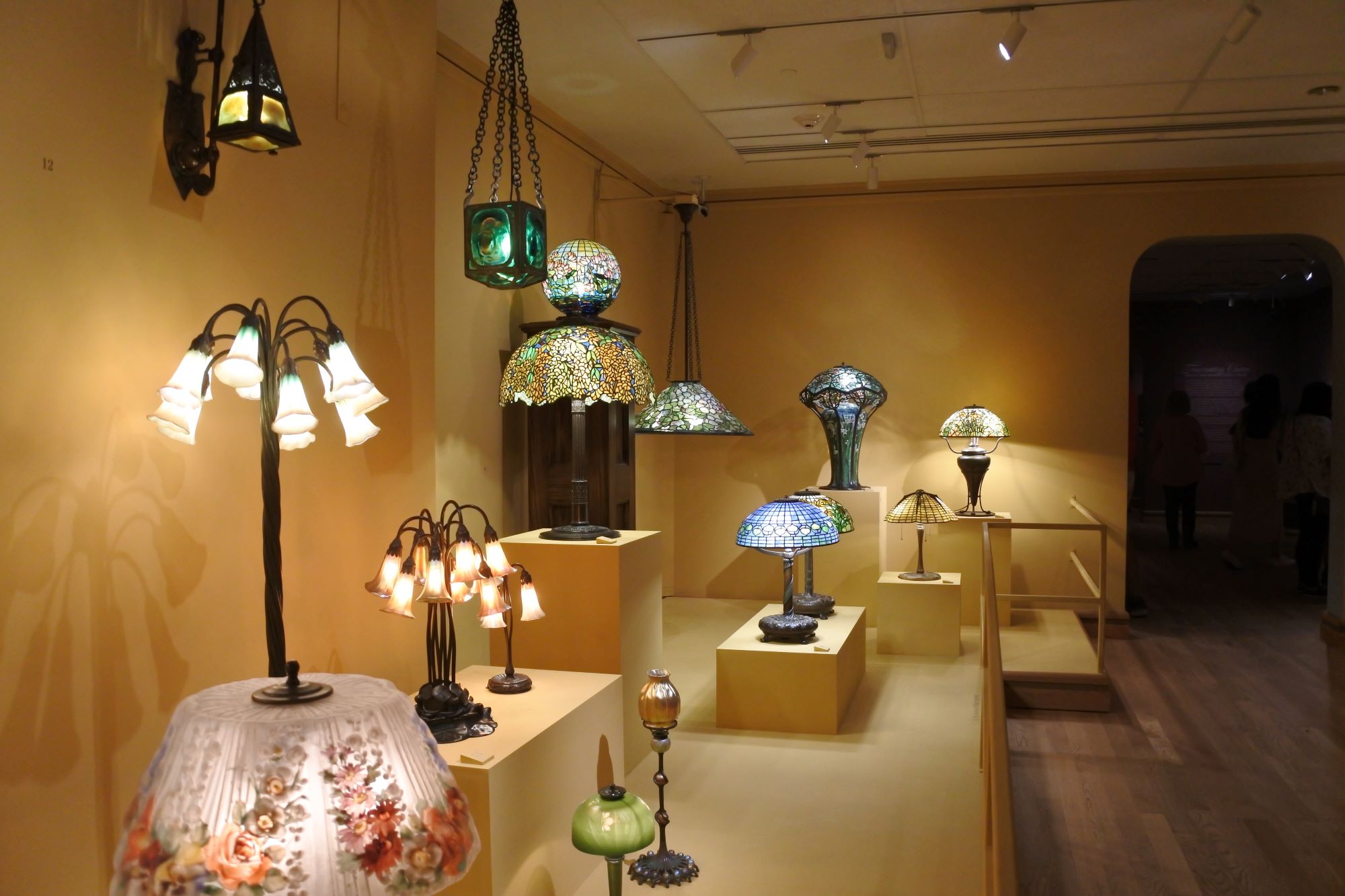
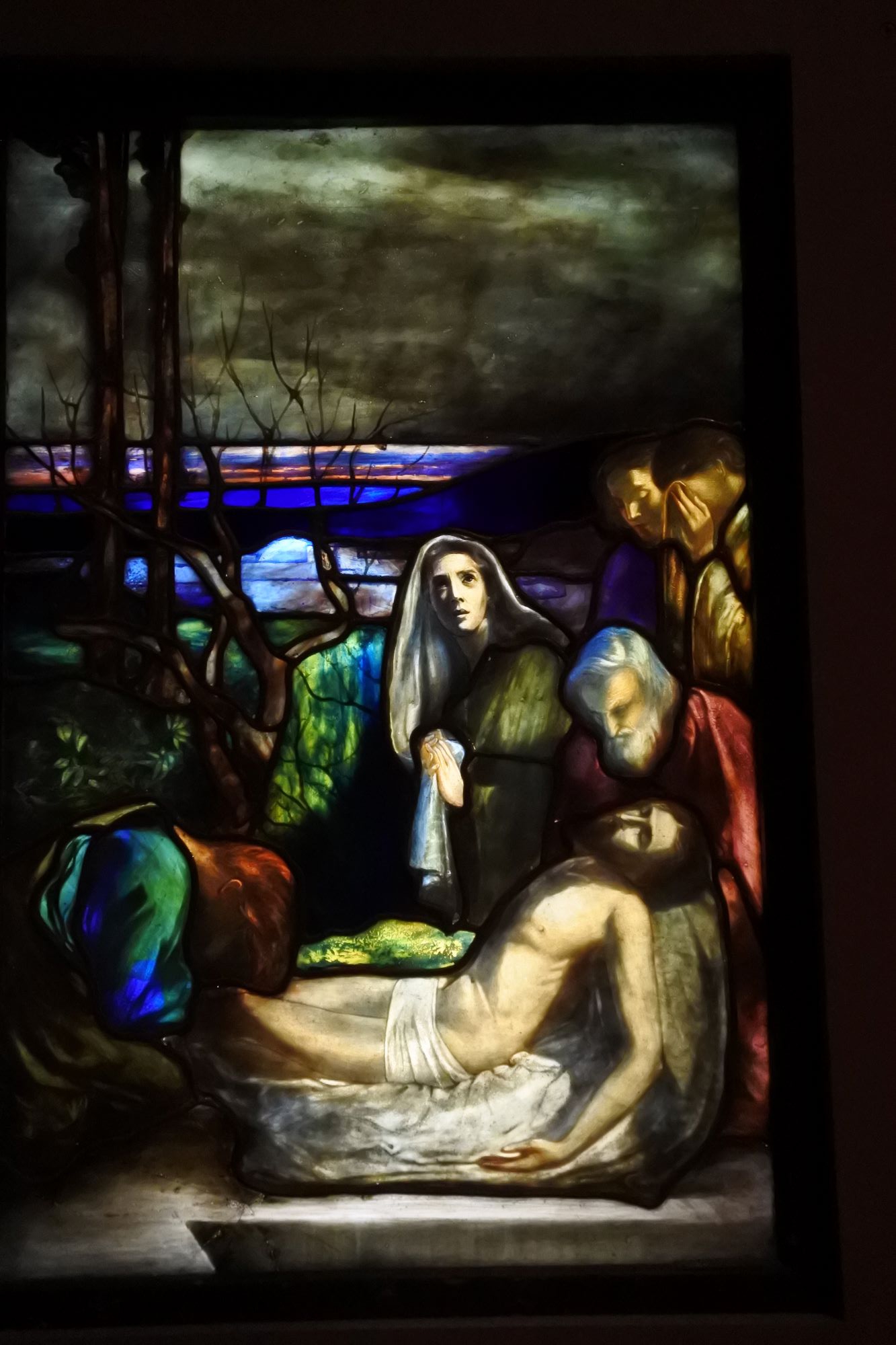
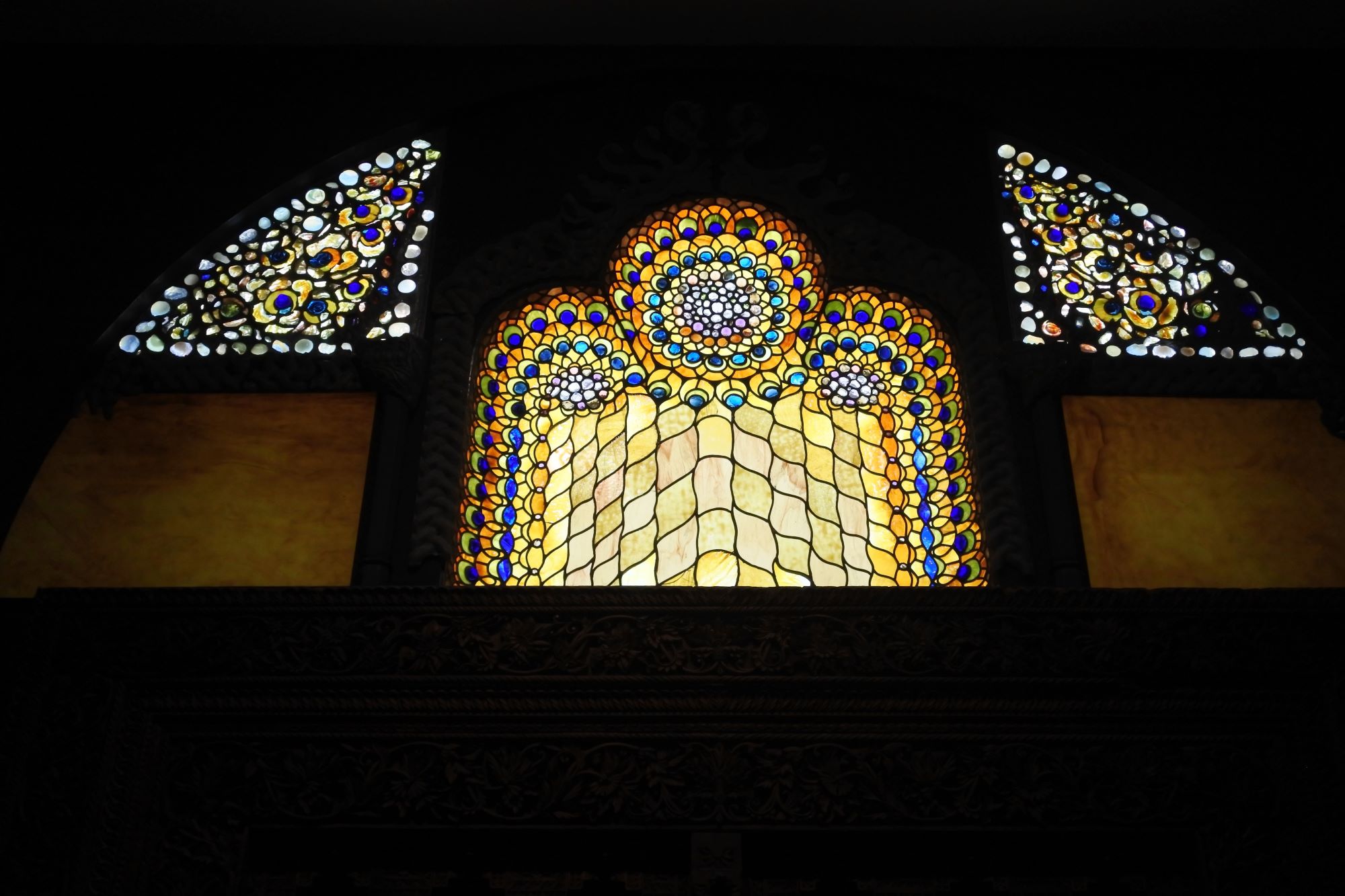
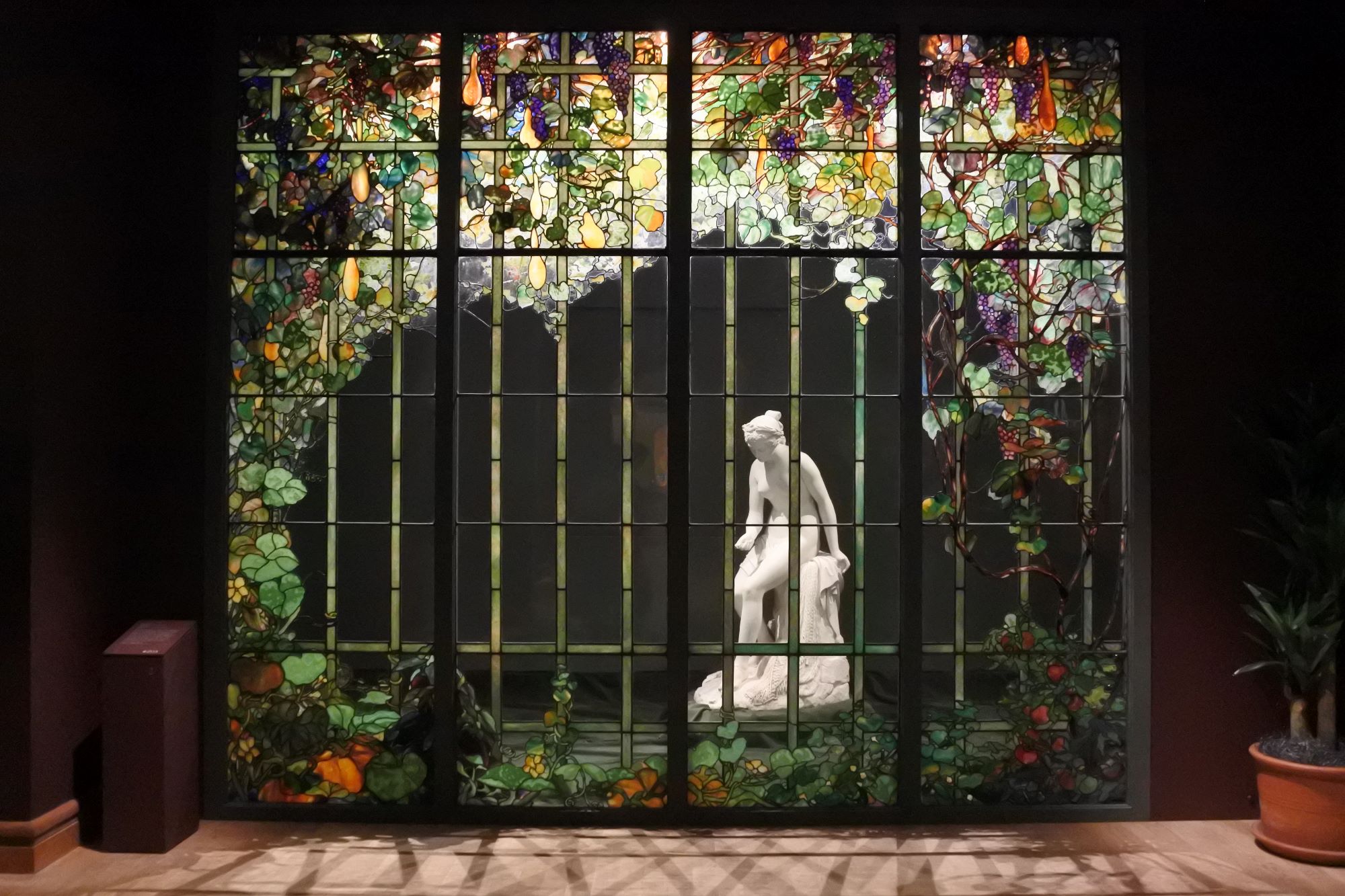
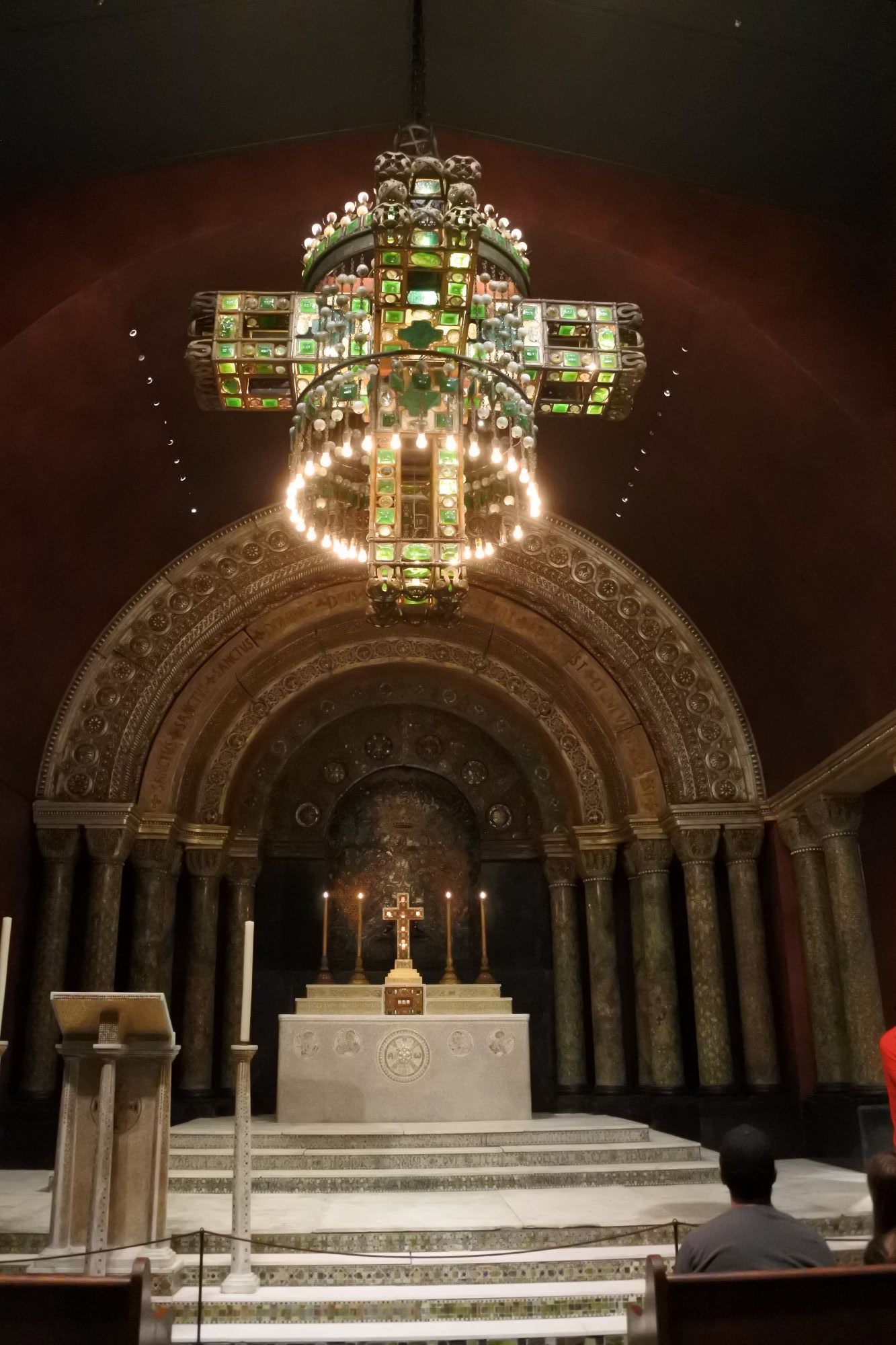
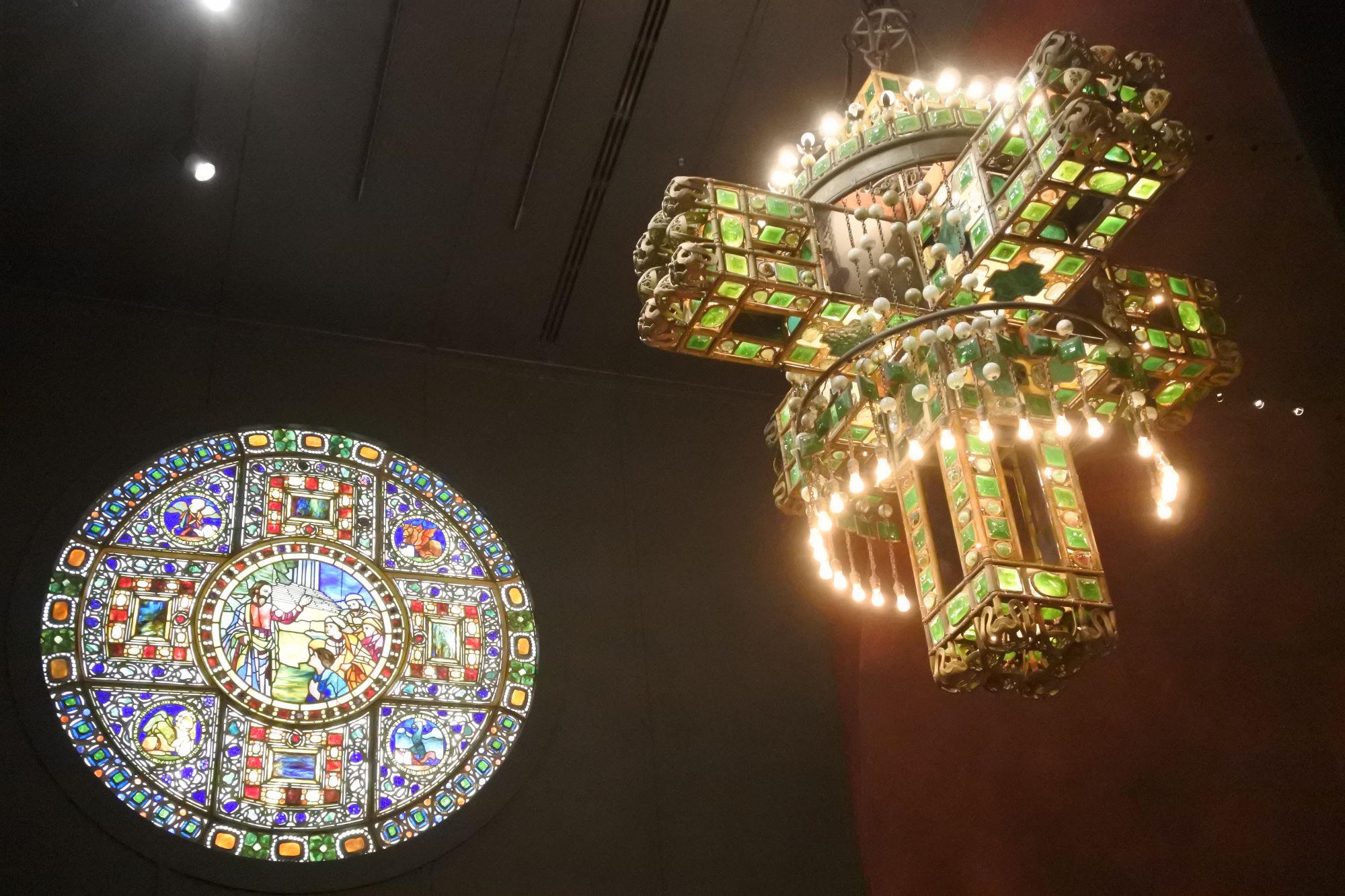

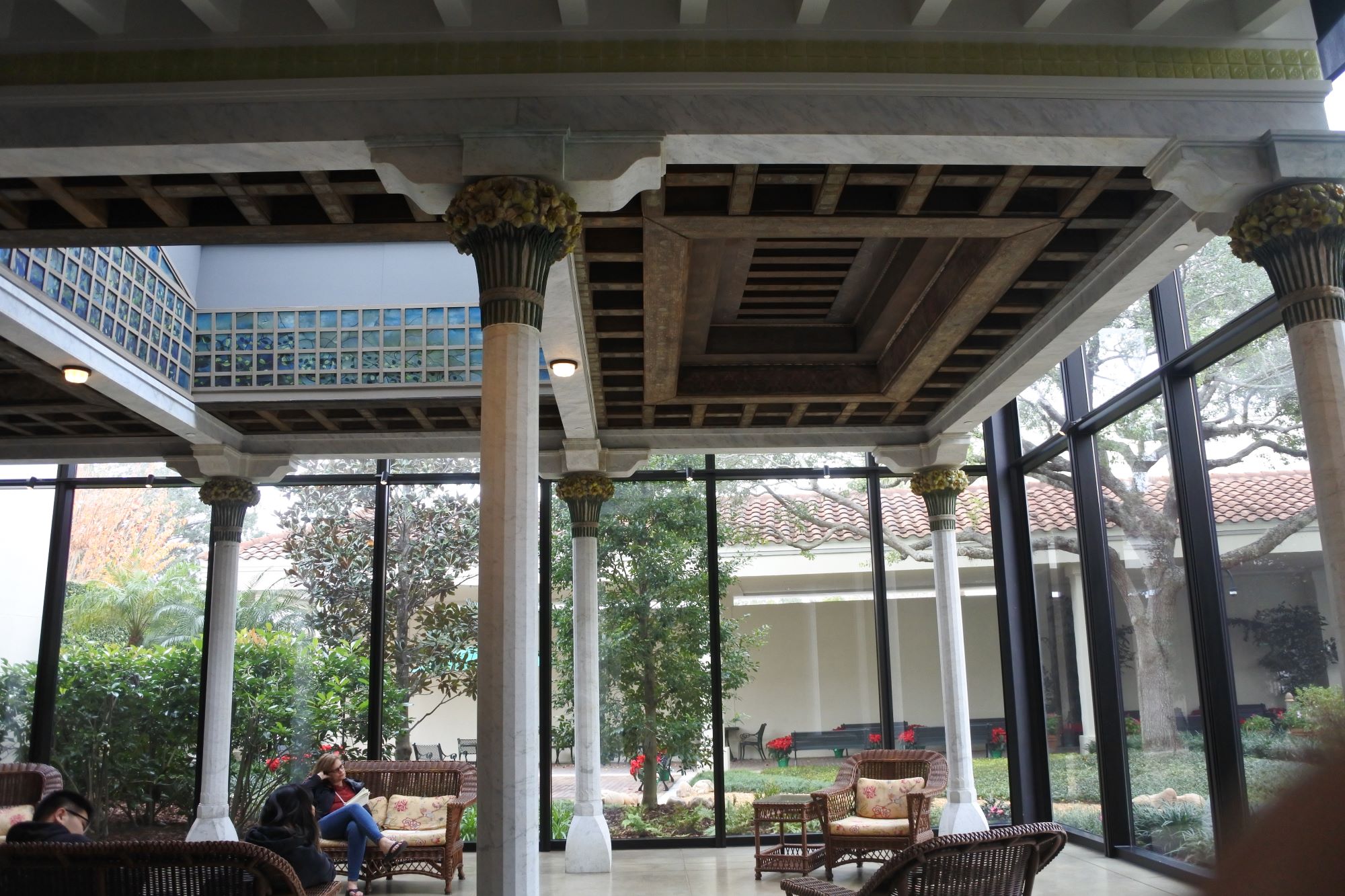
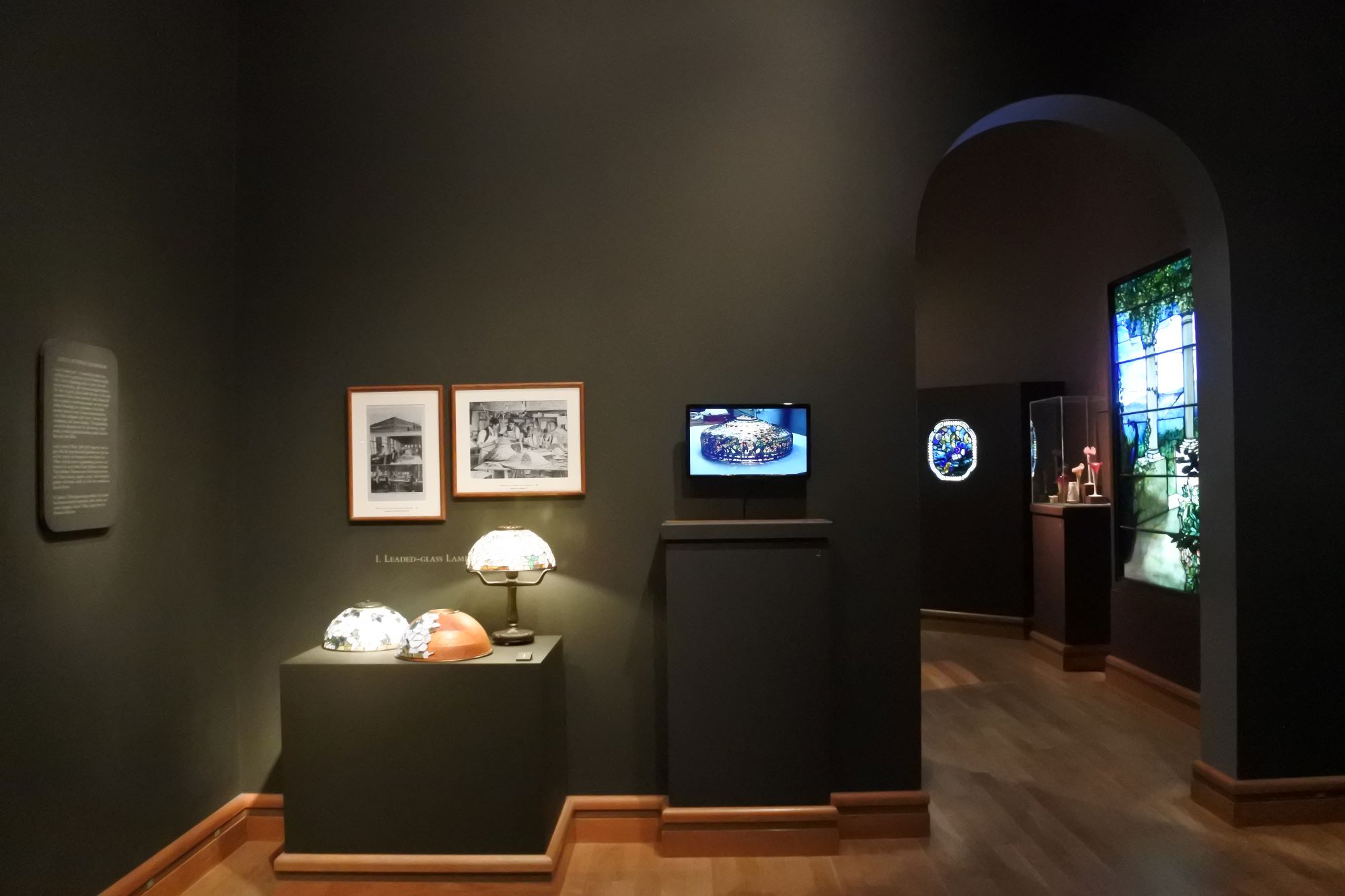
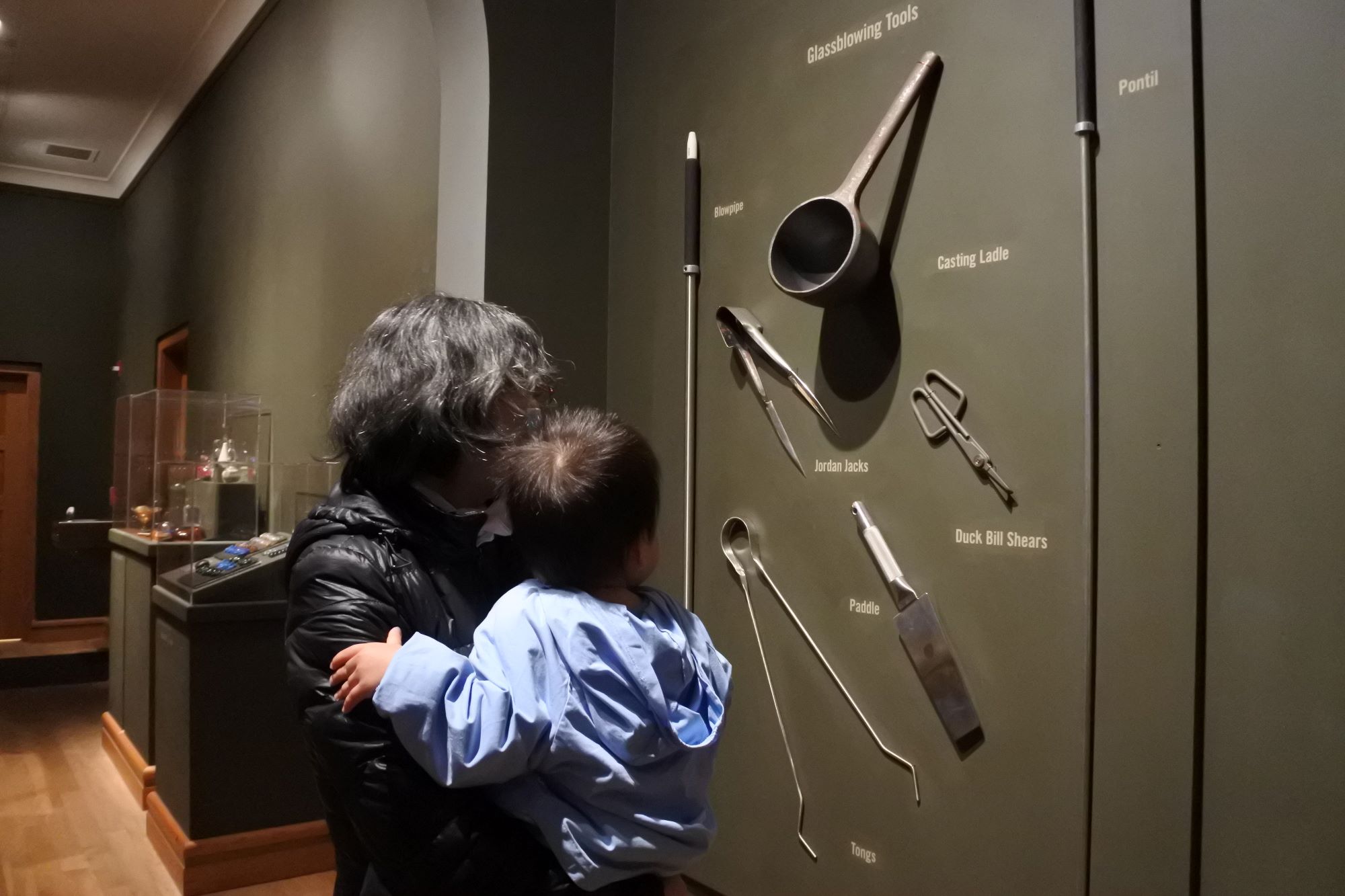
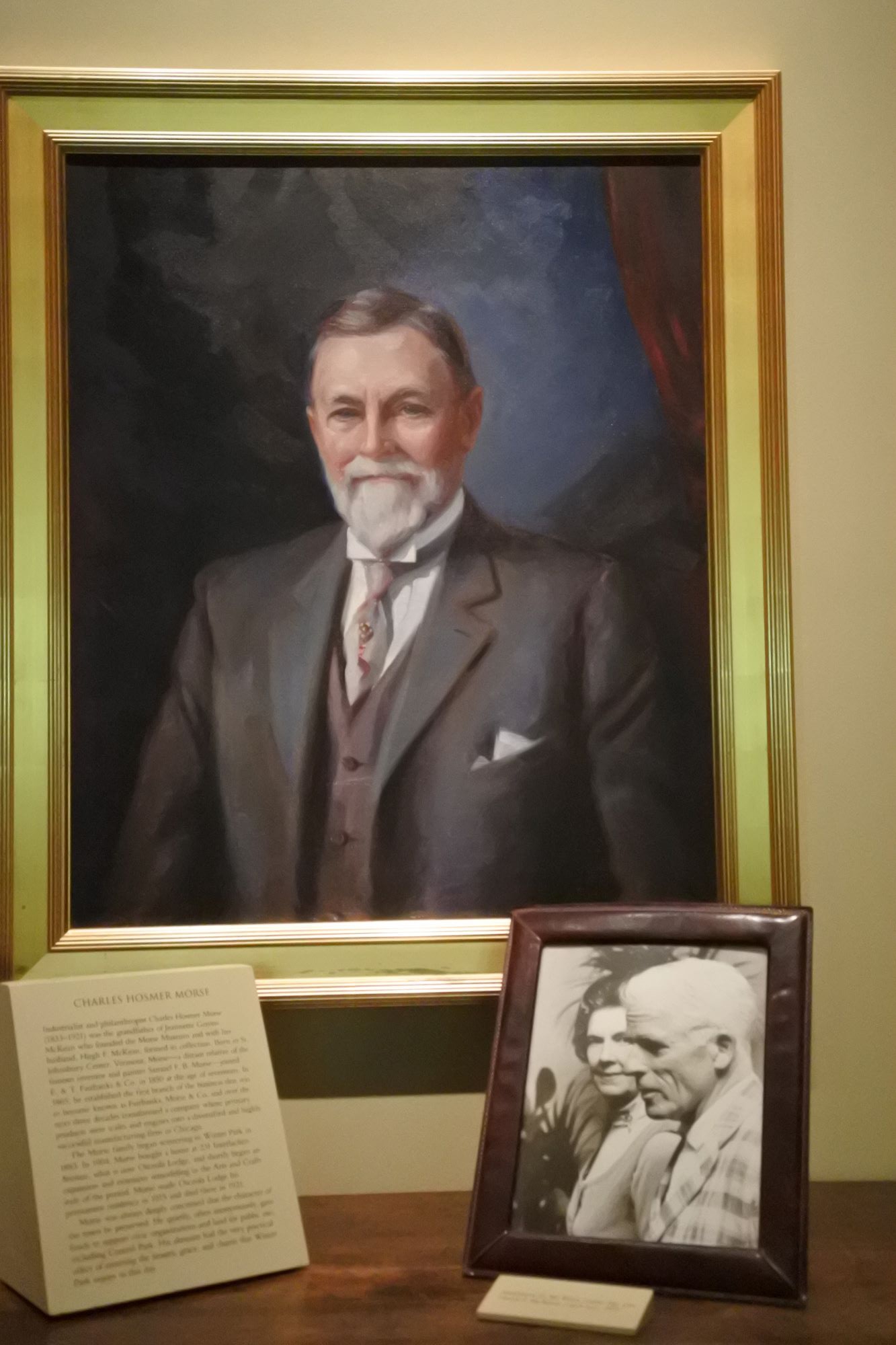
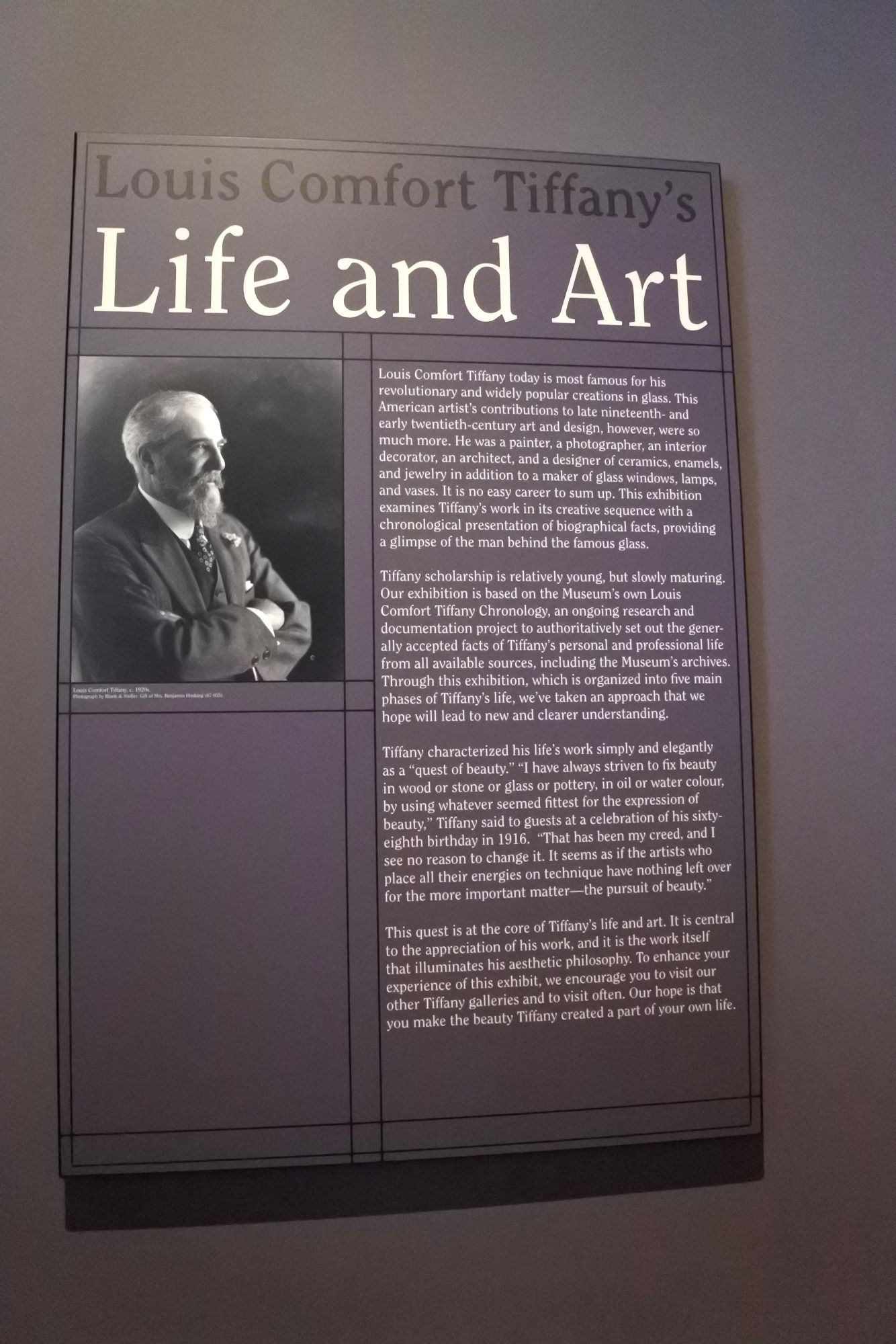
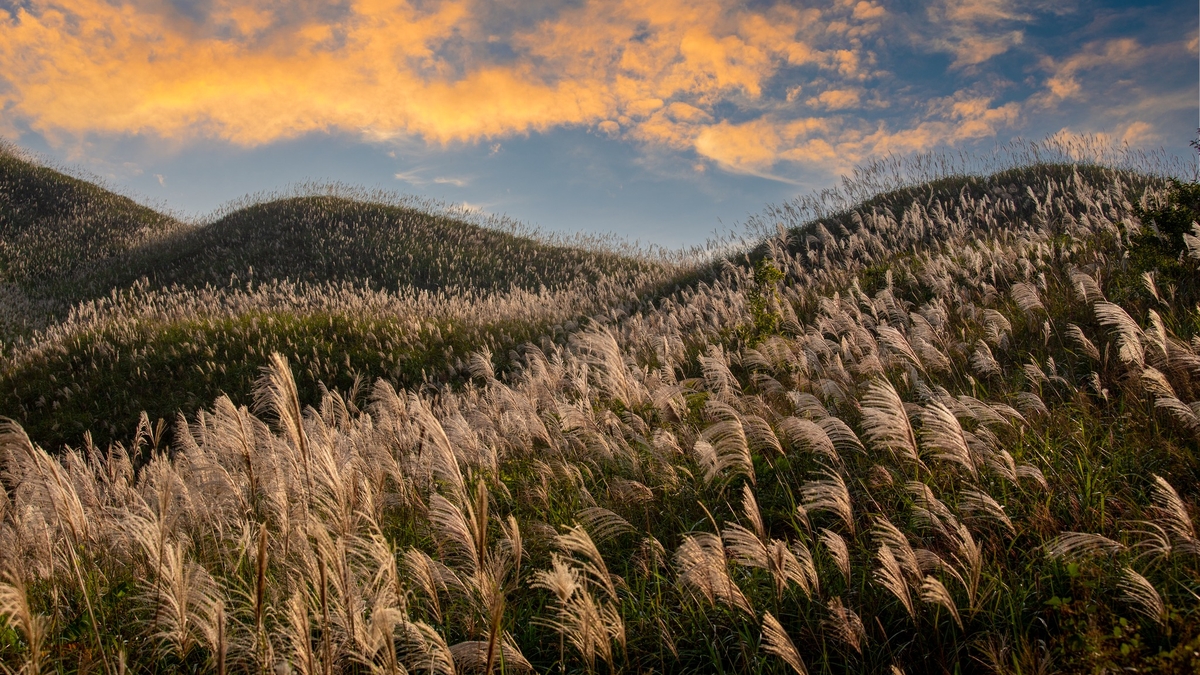

![[Photo] Standing member of the Secretariat Tran Cam Tu visits and encourages people in the flooded areas of Da Nang](https://vphoto.vietnam.vn/thumb/1200x675/vietnam/resource/IMAGE/2025/10/30/1761808671991_bt4-jpg.webp)

![[Photo] Fall Fair 2025 - An attractive experience](https://vphoto.vietnam.vn/thumb/1200x675/vietnam/resource/IMAGE/2025/10/30/1761791564603_1761738410688-jpg.webp)
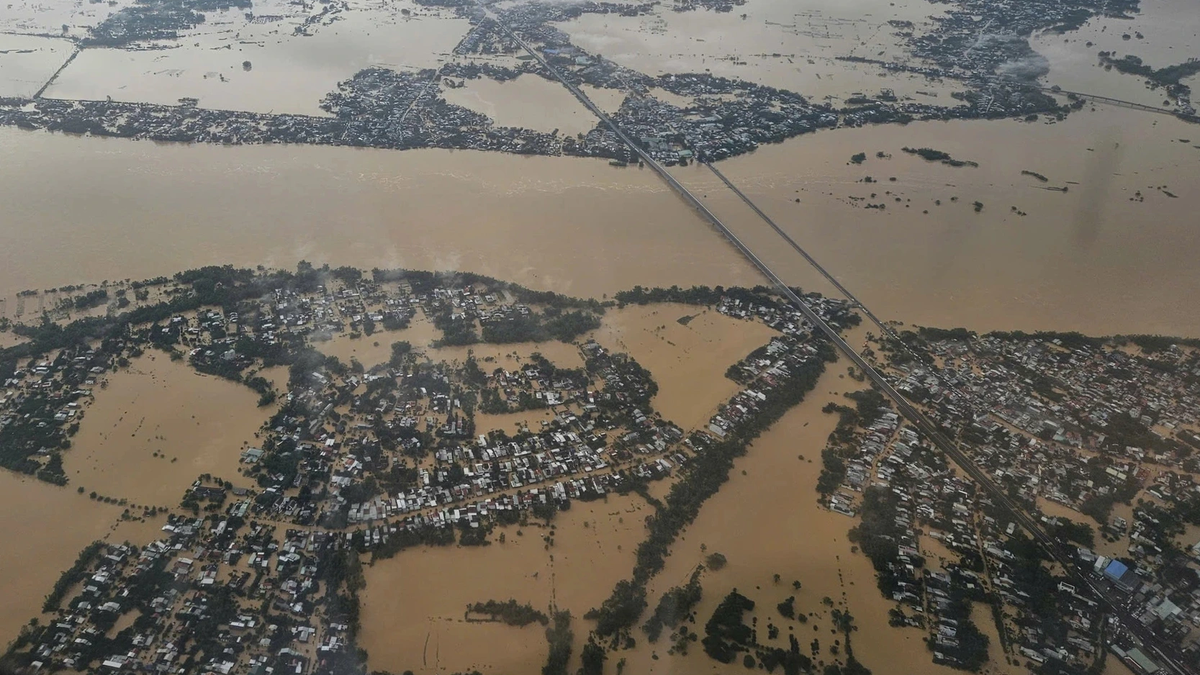
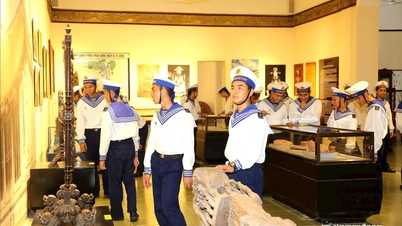

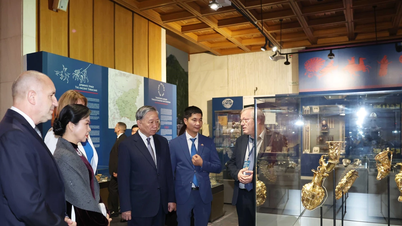

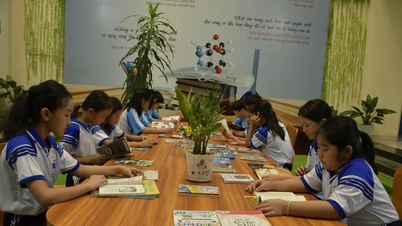

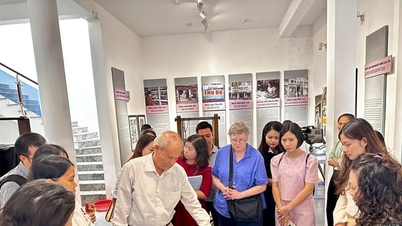

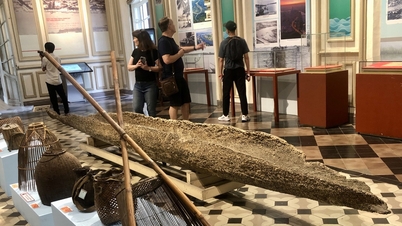







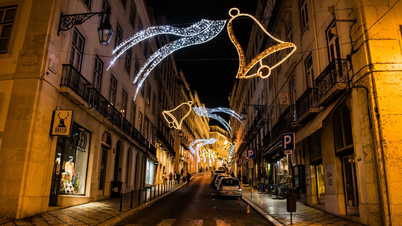
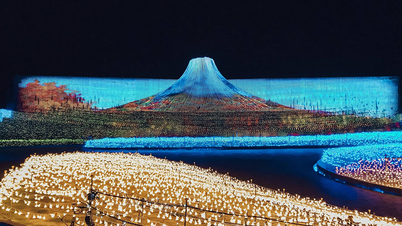











![[Photo] New-era Party members in the "Green Industrial Park"](https://vphoto.vietnam.vn/thumb/1200x675/vietnam/resource/IMAGE/2025/10/30/1761789456888_1-dsc-5556-jpg.webp)





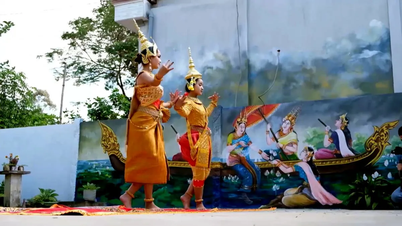

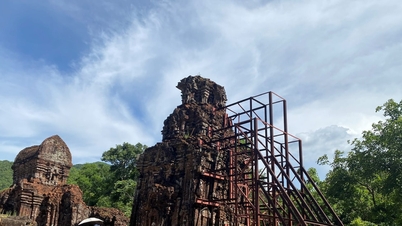

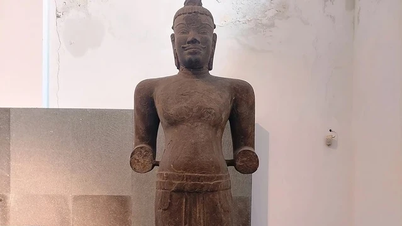

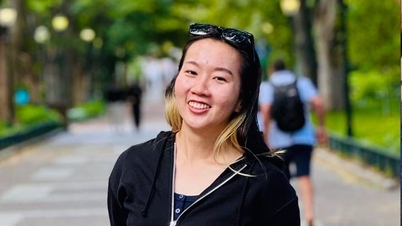



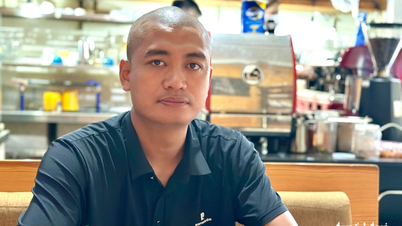



















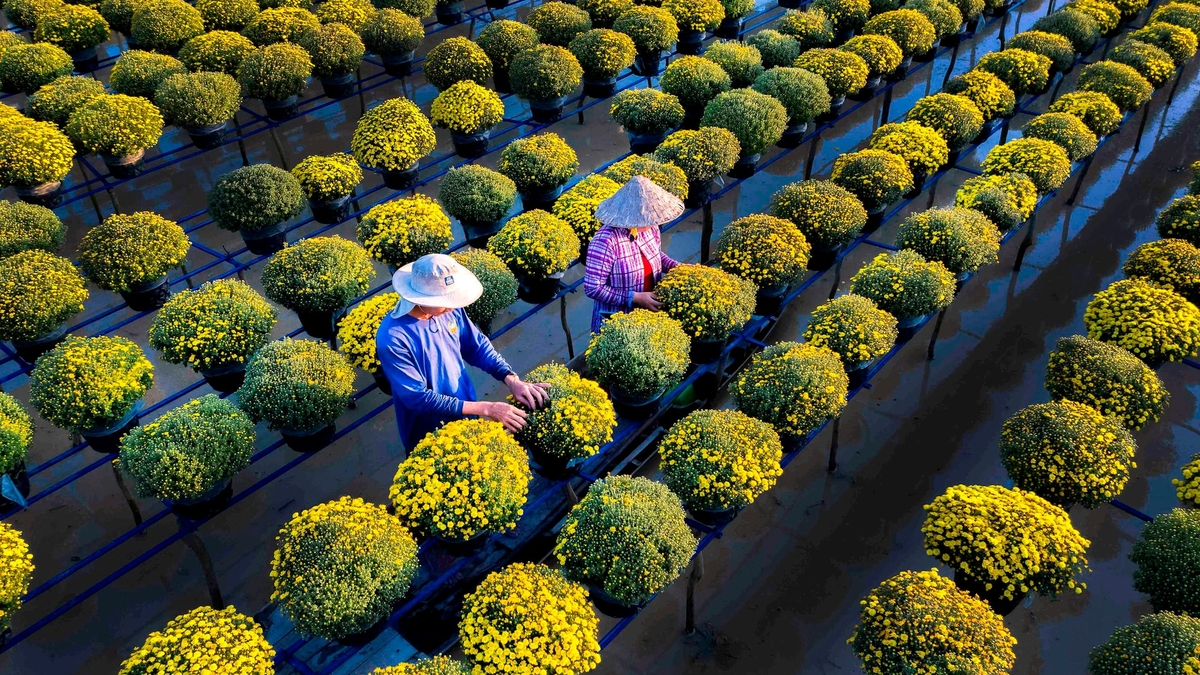







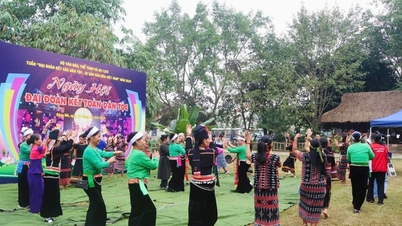

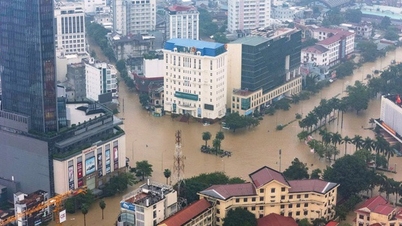

























Comment (0)